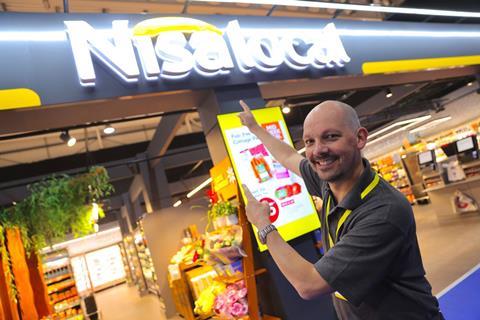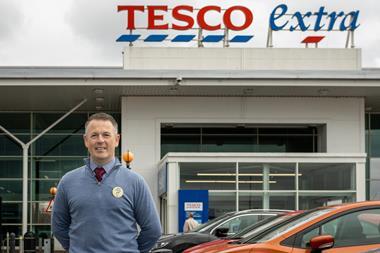
It’s party conference season – and this week it wasn’t just Sir Keir Starmer trying to rally the faithful, or in many cases not so faithful.
This week it was also the Nisa Expo 2022. As well as being the first major face-to-face get-together of the Nisa family since the pandemic, it was a first outing for new leader Peter Batt.
Batt was installed as MD of the Co-op-owned retail group only last week, taking over from Michael Fletcher, who departed after just nine months at the helm.
Historically there have been few tribes in grocery as political as Nisa and, over the years, various Nisa leaders have faced challenges from within.
Batt’s challenge comes from a growing crop of retailers criticising the organisation over its pricing and availability. Sure, they don’t necessarily represent the feeling among retailers as a whole – but they do provide a flavour of the issues at play. And the departure of high-profile retailers, such as David Sands, Alex Kapadia and Kishor Patel, will undoubtedly be a concern.
So understandably there was a need for a big-hitting policy to mark Batt’s debut. That came in the form of a £5m investment in the price of the Co-op own-brand products accessed by Nisa retailers.
Both the price Nisa retailers pay Co-op for the products in the range (the wholesale sales price, or WSP) and the recommended retail prices (RRPs) suggested by The Co-op have been a bone of contention since first becoming available in 2018. It was recognised as such by Fletcher in July when he appeared to set out the latest Nisa manifesto. As well as cheaper prices – Nisa retailers will see 1,000 of the 2,000+ Co-op products become cheaper to buy from next week – Fletcher promised greater clarity around WSPs and RRPs.
Batt now seems to be delivering on this promise in what he calls an “evolution, not revolution, of the incredible groundwork” put in place by his predecessor.
Nisa says all products in price-marked packs (PMPs) or price flashes would match the prices set in Co-op stores. Meanwhile, the 50 most popular Co-op branded lines would have RRPs set 5% higher than in Co-op and the remaining products set at 10% above Co-op store levels.
Nisa also provided new guidance in relation to the profit share on Co-op branded lines. Retailers will receive two-thirds of the available profit, with the other third going to Co-op.
This certainly appears to be a better situation for retailers than what had gone before and will be welcomed by many – even if one Nisa retailer scathingly branded it a “drop in the pond”.
Crucially, the work to improve the situation for Nisa retailers does not stop here. And quite frankly, nor should it. Work is continuing to try and bring the inbound price from Nisa suppliers more into line with that of Co-op, to try and better align pricing on branded products. It’s a task seemingly made all the more difficult by the current inflationary pressures cascading throughout the entire grocery supply chain.
The other critical task in Batt’s in-tray seems to be reviewing the key supply contract Nisa holds with DHL. This was flagged up by Fletcher in July and is widely viewed in the wholesale and convenience sector as a major operating cost and a key challenge to Nisa in ensuring it remains competitive on price.
Batt has only been in the job a week. That may be a long time in politics, but it certainly isn’t long in grocery and he will need to be given time to make his mark.



















1 Readers' comment